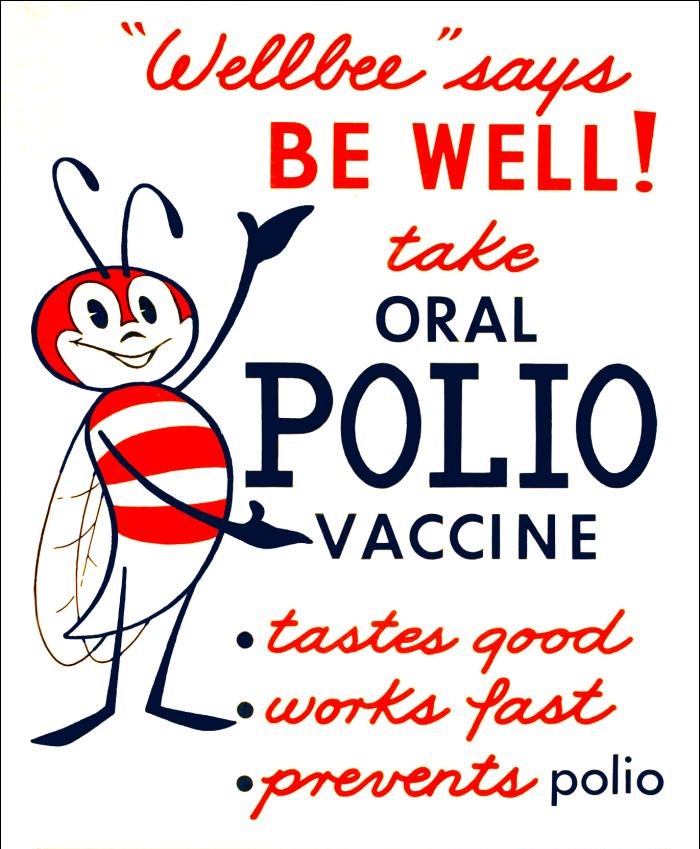
Lo scorso 25 aprile ricorreva il 67° anniversario della scoperta della struttura del DNA: il 25 aprile 1953 veniva infatti pubblicato sulla rivista Nature l’articolo firmato da James Watson e Francis Crick che descriveva la doppia elica più famosa di tutti i tempi.
Il DNA era stato scoperto circa un secolo prima dal chimico svizzero Friedrich Miescher, il quale analizzando i globuli bianchi, si era reso conto che essi contenevano all’interno del nucleo una sostanza diversa dalle proteine, che chiamò nucleina. Nel 1919 un biochimico russo, Phoebus Levene, scoprì che questa molecola, che nel frattempo era stata ribattezzata acido nucleico, era composta da unità ripetute (nucleotidi) a loro volta composte da una base azotata (che poteva essere una adenina, una timina, una citosina o una guanina), uno zucchero, e uno gruppo fosfato. Fu Levene a caratterizzare due diverse forme di acidi nucleici: l’RNA che ha come zucchero il ribosio e il DNA che ha come zucchero il deossiribosio.
Le scoperte di Levene diedero il via a una serie di studi sulla struttura del DNA, egli stesso propose un modello secondo cui le basi si ripetevano sempre nello stesso ordine. Con il tempo si capì che il DNA aveva una forma tridimensionale regolare che in tanti cercarono di decifrare; nel febbraio 1953 il chimico statunitense Linus Pauling ci andò vicino, proponendo una struttura formata da tre eliche arrotolate l’una sull’altra.
Il 25 aprile 1953 sullo stesso numero di Nature vennero pubblicati tre articoli sulla struttura del DNA, tra di essi quello di Watson e Crick era il più completo, e i due scienziati già due mesi prima avevano annunciato nell’ormai famoso Eagle Pub di Cambridge di aver scoperto “il segreto della vita”.
Anche Rosalind Franklin e Maurice Wilkins (autori degli altri due articoli) svolsero un ruolo centrale nell’elaborazione della teoria di Watson e Crick, come ho raccontato in un altro post.
Il DNA è quindi composto da due catene uguali ma antiparallele (cioè orientate in direzioni opposte) di nucleotidi che si appaiano formando una doppia elica. Questo appaiamento non è casuale ma segue le regole di Watson-Crick : se su una catena è presente una adenina (A) essa si appaierà solo con una timina (T) sul filamento opposto, mentre una citosina (C) potrà appaiarsi solo con una guanina (G); l’ordine di queste basi lungo una catena (sequenza) è invece altamente variabile, e un numero elevatissimo di combinazioni è possibile.
L’RNA è invece formato da una singola elica, e al posto della timina contiene un’altra base azotata, l’uracile (U).
Il DNA contiene tutte le informazioni necessarie per “costruire” le cellule sotto forma di sequenze di nucleotidi, i geni. Questa informazione viene trasferita (trascritta) su un filamento di RNA detto messaggero (mRNA) secondo le regole di Watson-Crick con la differenza che quando sul DNA c’è una A, nell’mRNA viene inserita una U. L’mRNA esce dal nucleo e si dirige verso dei piccoli organelli detti ribosomi che sono capaci di tradurre queste istruzioni in proteine.
Le proteine sono costitute a loro volta da combinazioni di 20 unità diverse chiamate amminoacidi. Gli scienziati si posero il problema di capire come un alfabeto di 4 lettere (le basi degli acidi nucleici) potesse essere tradotto in un alfabeto di 20 lettere (gli amminoacidi). Ancora una volta fu il lavoro svolto indipendentemente da tanti scienziati a svelare il mistero: gli studi di Severo Ochoa, Francis Crick, Marshall Nirenberg, e Har Gobind Khorana tra gli altri, permisero di capire che sequenze specifiche di tre basi azotate codificano per uno specifico amminoacido e di decifrare il codice genetico.
Il meccanismo che permette la lettura e l’esecuzione delle istruzioni scritte nei geni è riassunto in quello che viene chiamato dogma centrale della biologia molecolare

La scoperta della struttura del DNA ha quindi dato il via ad altre scoperte e alla comparsa di nuove tecniche che hanno permesso tra le altre il sequenziamento del genoma umano, ovvero la determinazione della sequenza di basi di tutto il DNA delle cellule umane. Il Progetto Genoma Umano (iniziato nel 1990 e concluso nel 2003) si poneva l’obiettivo di caratterizzare la sequenza e la funzione di tutti i geni umani, nonché la loro posizione relativa, e di disegnare delle mappe per seguire i caratteri genetici da una generazione alla successiva, con particolare attenzione per le malattie genetiche.
Queste conoscenze unite alle moderne biotecnologie e hanno permesso lo sviluppo di nuove forme di fare medicina come la terapia genica e la terapia cellulare.
Bibliografia
Discovery of DNA structure and function: Watson and Crick. Pray, L. Nature Education 1(1):100, 2008 https://www.nature.com/scitable/topicpage/discovery-of-dna-structure-and-function-watson-397/
The structure of yeast nucleic acid: IV. Ammonia hydrolysis. Levene P., J. Biol. Chem. 40: 415-. 1919 https://www.jbc.org/content/40/2/415.full.pdf
A Proposed Structure For The Nucleic Acids. Pauling L. and Corey R., Proc Natl Acad Sci U S A, Feb; 39(2): 84–97,1953. https://doi.org/10.1073/pnas.39.2.84
A structure for deoxyribose nucleic acid. Watson, J. D., & Crick, F. H. C., Nature 171, 737–738, 1953 https://doi.org/10.1038/171737a0
Molecular Structure of Deoxypentose Nucleic Acids., Wilkins M. et al., Nature 171, 738-740, 1953 https://doi.org/10.1038/171738a0
Molecular Configuration in Sodium Thymonucleate, Franklin R. and Gosling R., Nature 171, 740-741, 1953 https://doi.org/10.1038/171740a0
General nature of the genetic code for proteins. Crick, F. H. C., et al., Nature 192, 1227–1232, 1961 https://doi.org/10.1038/1921227a0
RNA codewords and protein synthesis, VII. On the general nature of the RNA code. Niremberg M. et al, Proc Natl Acad Sci U S A. 53(5): 1161–1168, 1965 https://doi.org/10.1073/pnas.53.5.1161
Il Progetto Genoma Umano: https://www.genome.gov/human-genome-project






